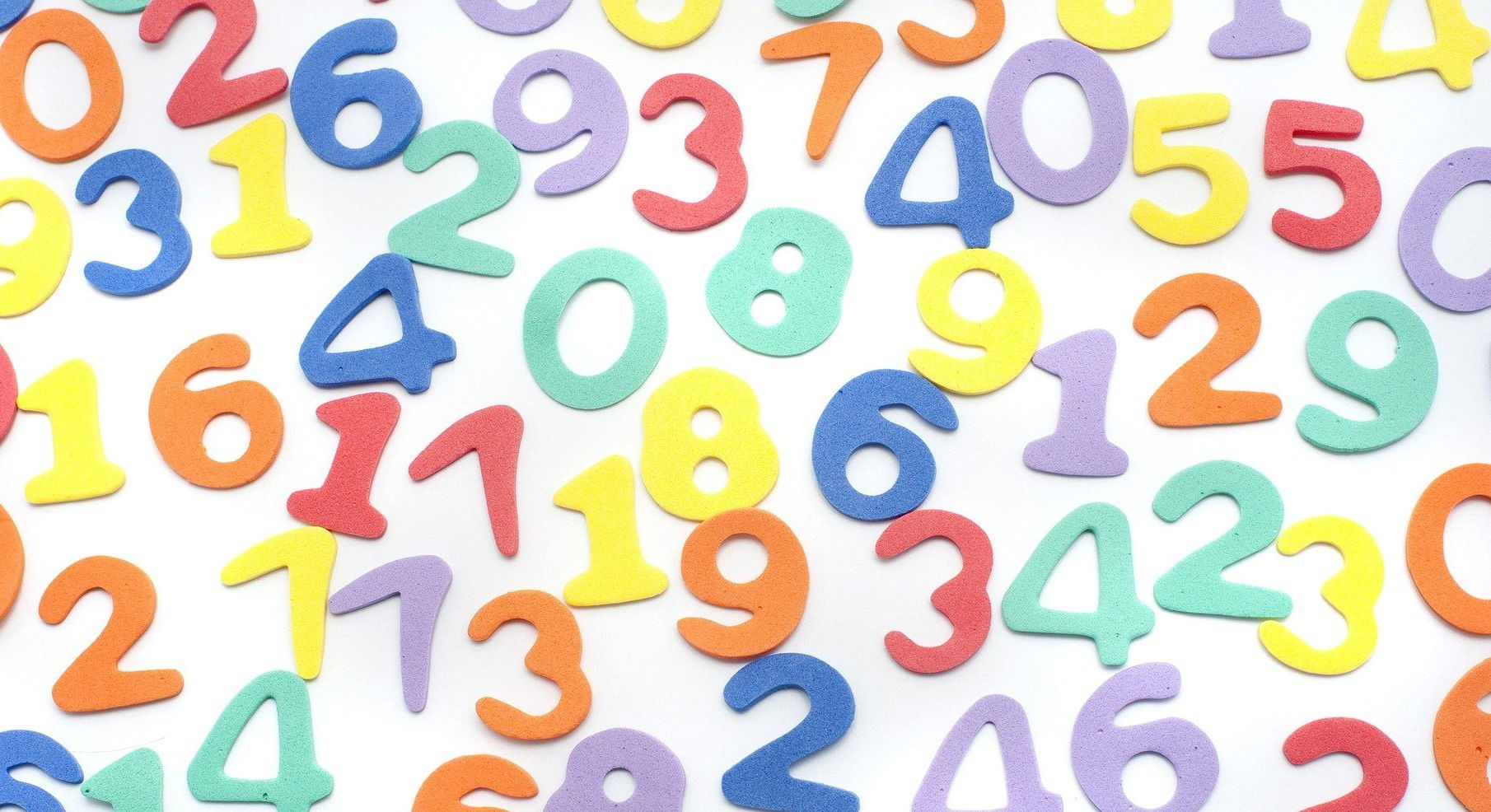Maths No Problem :)
Master Maths
My school used the mastery maths programme 'Maths No Problem!' The programme was developed in Singapore and uses a systematic programme for teaching maths. It enables pupils to develop a deep understanding of maths without resorting to rote learning. Pupils are equipped to apply their mathematics knowledge to a range of maths problems, without having to memorise procedures. A relational understanding of maths develops a sense of procedure and good number sense, which enables pupils to become better mathematicians.

Problem-solving and discovery were a huge part of my maths lessons, and pupils applied their mathematical knowledge to find solutions and answers to problems. Lessons involved problem-solving with a partner before discussing their methods and reasoning with the class. Questioning was a key part of every lesson, and I acted as a facilitator, probing, guiding and prompting pupils to solve problems. Before independent practice, pupils did some guided practice with me, as I followed the gradual release of responsibility model ('I do, We do, You do' - see blog on cognitive science & Rosenshine). After I modelled a task, the class would answer a similar question with me before completing a worksheet independently.

Concrete Pictorial Abstract (CPA) approach
When teaching maths, the Concrete Pictorial Abstract (CPA) approach was really important. Maths can be extremely abstract, and using concrete resources and pictures can help teachers explain the abstract and deepen understanding. For example, using cubes as a concrete resource can help pupils understand abstract number sentences. Seeing a number sentence, such as 5+2, is abstract, but seeing five cubes and then seeing two being taken away is concrete. Similarly, drawing five circles on a board and then crossing out two circles is a pictorial way of unpacking the abstract.

During problem-solving tasks, I was taught to tell pupils to 'build it', 'draw it' and then think of another way of showing their answers. Pupils could use cubes to show their answers, draw a part-part-whole model, write a number sentence or a sentence using words. The CPA approach provided lower attainers with a step-by-step process and challenged higher attainers to find alternative ways to prove their answers. Asking pupils to show their answers in multiple ways deepened their understanding and enabled me to assess their understanding.

The CPA approach supports learning and builds subject-specific confidence. As self-efficacy increases, pupils will move away from using concrete resources and will often choose to draw their own pictures to help solve problems. Eventually, they'll become fluent and secure with the abstract and might only use concrete resources to check or prove their answers.
